Didelta carnosa var. tomentosa
Didelta carnosa (L.f.) Aiton var. tomentosa (Less.) Roessler
Family: Asteraceae
Common names: hairy salad bush (Eng.); harige seegousblom, harige kusslaaibos (Afr.)
Introduction
A captivating grey-foliage shrublet that is covered in bright yellow flowers from late winter into spring. It grows on dunes and sandy coastal flats and is ideal for seaside gardens.
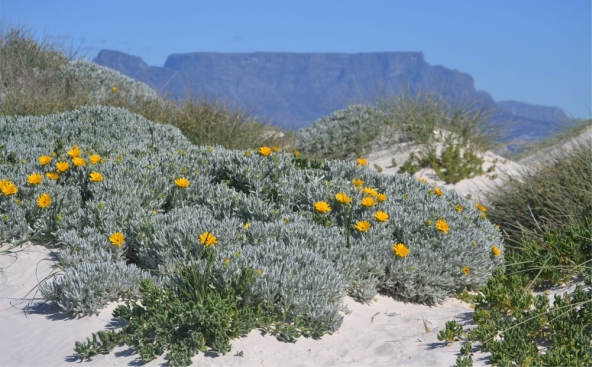
Fig. 1. Didelta carnosa var. tomentosa growing in its dune habitat against the backdrop of the majestic Table Mountain.
Description
Description
Didelta carnosa var. tomentosa is a sprawling rounded shrublet up to 1 m tall. The leaves are up to 100 mm long, fleshy, oblanceolate, with rounded tips and tapering towards the base, and margins folded under. Both surfaces of the leaves are densely covered in white hair or grey felt.
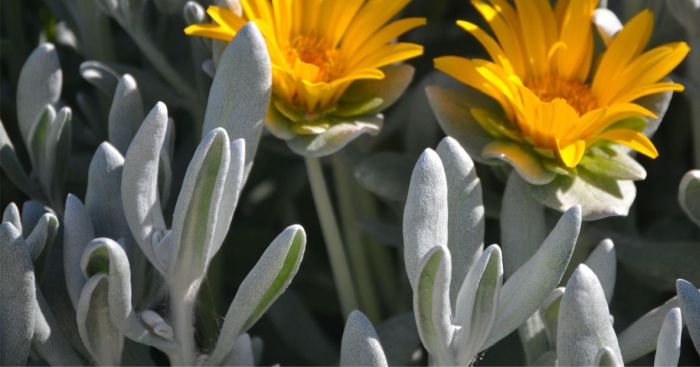
Fig. 2. Didelta carnosa var. tomentosa leaves are grey-felted with rounded tips and rolled-under margins.
The flowerheads are 40-70 mm in diameter, solitary on leafless stalks at the ends of branches. Two visible collars of bracts appear below the flowerhead. The inner bracts are narrow and toothed, while the outer bracts are broad and spreading. The disc- and ray-florets are yellow. Flowering occurs from late winter through spring to early summer (July to December).
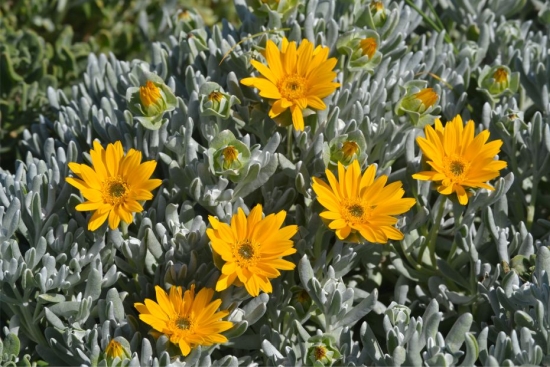
Fig. 3. Didelta carnosa var. tomentosa in flower.
Conservation Status
Status
The Red List of South African Plants lists the conservation status of this widespread species as Least Concern (LC).
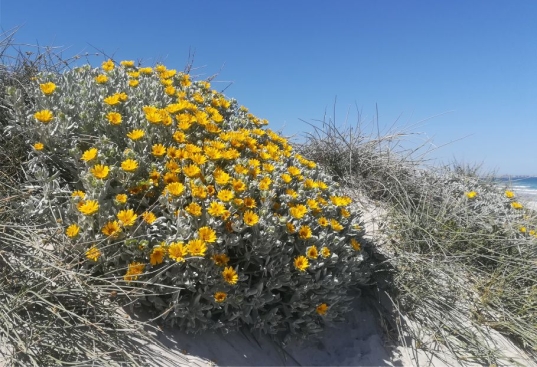
Fig. 4. Didelta carnosa var. tomentosa growing on dunes near the coast.
Distribution and habitat
Distribution description
The distribution-range of Didelta carnosa var. tomentosa extends from southern Namibia down the west coast of South Africa and along the south coast as far as Wilderness. This species frequents coastal dunes and sandy flats.
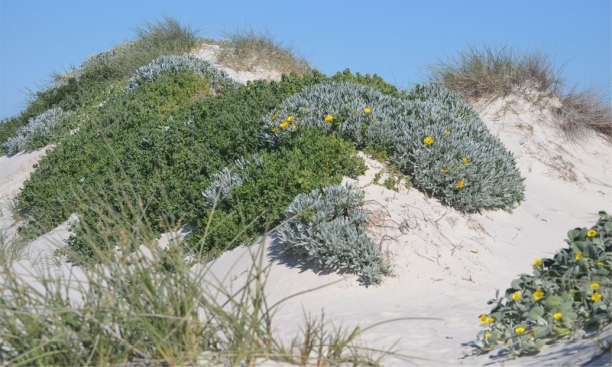
Fig. 5. Didelta carnosa var. tomentosa thriving in its typical dune habitat close to the sea.
Derivation of name and historical aspects
History
The genus name Didelta is derived from Greek, where di- refers to ‘two’, and delta, which represents a triangle, this describes the two rows of triangular shaped bracts. The species name carnosa, Latin meaning ‘fleshy’, is in reference to the texture of the leaves. The variety name, tomentosa, means ‘white’ or ‘hairy’ and describes the white hairs present on the leaves.
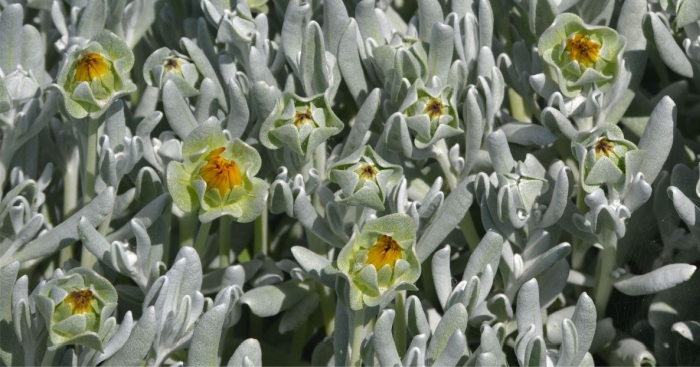
Fig. 6. Didelta carnosa var. tomentosa in bud, showing the distinctive triangular bracts around the flowerhead.
Didelta carnosa was first introduced to Europe in 1774 and described and placed under the genus Polymnia in 1781. However, a colour plate published in 1785 by Buc’hoz revealed the plant to be the same Didelta to not only be cultivated by Trianon, but also named Breteuillia trianensis by him. The name Didelta was first published in 1786 and used on this plant as D. tetragoniifolia. Burtt recommended the name Didelta be used, despite Breteuillia trianensis being the first to be published, as it was more widely used. In 1789 Polymnia carnosa and Polymnia spinosa were transferred to Didelta when Aiton found D. tetragoniifolia to be the same plant described and introduced to Europe in 1774. Joseph Gaertner published D. spinosum as Favonium spinosium, while in 1800 Thunberg created a new genus Choristea, for the Polymnia species. The names were later changed back to Didelta, the name first published in 1786 by L’Heritier.
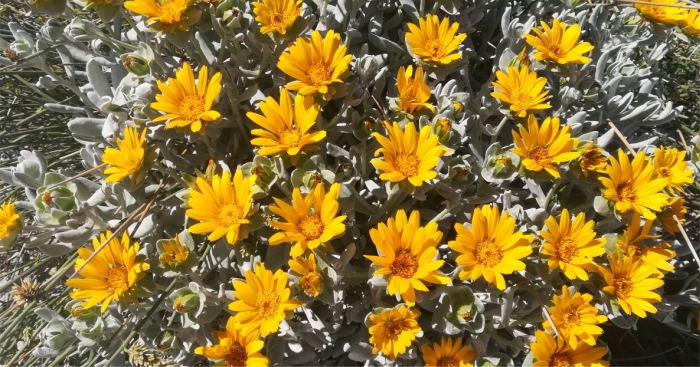
Didelta, a small genus in the cosmopolitan plant family Asteraceae, consists of only two species: D. carnosa and D. spinosa, spiny salad bush. Two varieties are recognised in D. carnosa: the var. carnosa, coast salad bush, being hairless or thinly hairy becoming hairless. This family, the largest in southern Africa, is also one of the largest in the world. Well-known other genera such as Gazania, Arctotis, Berkheya, together with Didelta, are some of the 25 genera found in the tribe Arctotideae. There are approximately 252 species in the tribe.
Ecology
Ecology
The dense covering of white hairs on the leaves aids in the reflection of light away from the plants and, in the process, reduces transpiration.
Flowerheads of this species, face towards the north, which causes them to heat up rapidly during the day resulting in it having a higher temperature than the surrounding air. This benefits the plant because, in addition to offering pollen, its warmth increases its popularity with bees, bee flies, wasps and beetles, which pollinate the flowers.
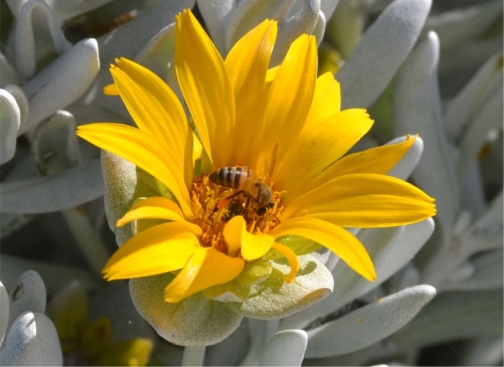
Fig. 8. A bee harvesting pollen in a Didelta carnosa var. tomentosa flowerhead.
The seed of this species is adapted to be dispersed by soft-footed mammals (podochory). The hard seed, covered with several spines, has a flat saucer-like shape and hardly emerges from the soil. This dispersal-mode is almost exclusively limited to the sandy, dry zones of sub-Saharan Africa, which is so rich in mammals. Parent plants are also involved in regulating population-dynamics for this species in some areas. The receptacle, together with the withered bracts, disintegrate into 3-5 different diaspores. This often results in the germination of seedlings straight from the old flowerheads or parts of it.
The hairy dune salad is often observed growing very close to the sea, where it can be observed anchoring the primary and secondary dunes of a dune-system.
Uses
Use
No medicinal uses have been recorded for this species. Didelta carnosa var. tomentosa has immense ornamental potential and is ideal for coastal and sea-front gardens.
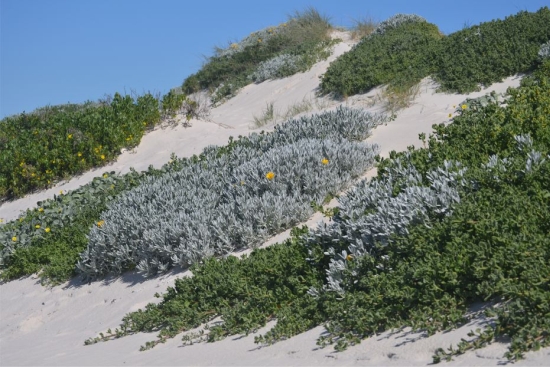
Fig. 9. Didelta carnosa var. tomentosa is an excellent dune stabilizer and exhibits immense ornamental potential.
Growing Didelta carnosa var. tomentosa
Grow
Sow the seeds from early to mid-autumn in a well-draining medium and cover lightly with river sand or fine-milled bark. Water the seeds with a fine rose and ensure that the medium does not dry out. Remove seedlings once the second set of leaves appear. Take care not to overwater seedlings or plants, irrespective of the time of year.
This species is well-suited to well-drained areas, hanging baskets or rockeries. It thrives in full sunlight in areas that do not receive too much winter-rainfall and experience dry summers. There is no reason why it cannot prosper in large containers and under a roof outside its distribution area. Use in medium to larger gardens as part of mixed beds. They can be used as border plants in large gardens. The contrasting grey leaves can be used to great effect when mixed with other plants.
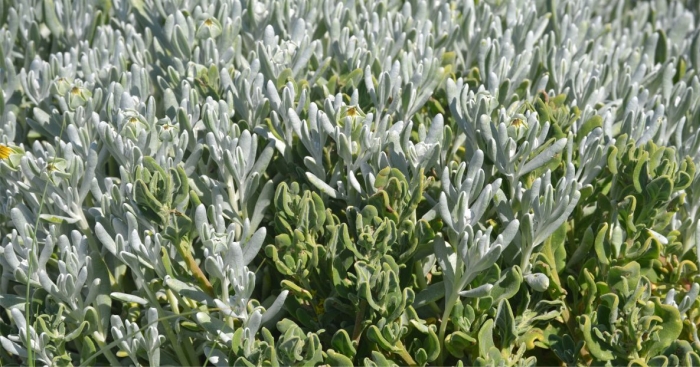
Fig. 10. The grey leaves of Didelta carnosa var. tomentosa contrasting strongly with the green leaves of Tetragonia decumbens.
There are several species that share a habitat with the hairy salad bush and make good companion plants in the garden. These may include: Arctotis stoechadifolia and A. hirsuta, Senecio elegans, S. arenarius and S. maritimus, Oncosiphon suffruticosum and O. grandiflorum, Arcthotheca calendula, Dimorphotheca pluvialis and D. sinuata, Felicia filifolia and F. tenella, Pelargonium capitatum, P. fulgidum and P. gibbosum, Gazania krebsiana, Zygophyllum flexuosum and Z. morgsana, Tetragonia decumbens, Cotula duckittiae and Ursinia anthemoides.
No pests or diseases recorded to date.
References
- Cowling, R. & Pierce, S. 1999. Namaqualand. A succulent desert. Fernwood Press, Cape Town.
- Harris, S. 2021. Didelta spinosa (L.f.) Aiton (Asteraceae). PlantZAfrica. Online. http://pza.sanbi.org./didelta-spinosa.
- Koekemoer, M., Steyn, H.M. & Bester, S.P. 2015. Guide to Plant Families of southern Africa. Strelitzia 31. 2nd ed., 2nd print. South African National Biodiversity Institute, Pretoria, South Africa.
- Le Roux, A. & Schelpe, T. 1997. Namaqualand. South African Wild Flower Guide 1. Botanical Society of South Africa, Cape Town.
- Leistner, O.A. (ed.). 2000. Seed plants of southern Africa: families and genera. Strelitzia 10. National Botanical Institute, Pretoria.
- Manning, J, & Goldblatt, P. 1996. West Coast. South African Wild Flower Guide 7. Botanical Society of South Africa, Cape Town
- Oberprieler, C. et al. 2009. Anthemideae. In: V. Funk, A. Susanna, T. Stuessy & R. Bayer, eds. Systemics, Evolution, and Biogeography of Compositae. Vienna: International Association for Plant Taxonomy: 631-666.
- Raimondo, D., Von Staden, L., Foden, W., Victor, J.E., Helme, N.A., Turner, R.C., Kamundi, D.A. & Manyama, P.A. (eds) 2009. Red list of South African plants. Strelitzia 25. South African National Biodiversity Institute, Pretoria.
- Rebelo, A.G., Boucher, C., Helme, N., Mucina, L. & Rutherford, M. 2006. Fynbos Biome. Strelitzia 19. South African National Biodiversity Institute, Pretoria.
- Stearn, W. 2002. Stearn's dictionary of plant names for gardeners. Timber Press, Portland, Oregon.
- Trinder-Smith, T.H. 2003. The Levyns Guide to the plant genera of the south western Cape. Bolus Herbarium, UCT, Red Roof Design CC, Cape Town
Credits
Roger Oliver
Kirstenbosch National Botanical Garden
June 2023
Plant Attributes:
Plant Type: Shrub
SA Distribution: Northern Cape, Western Cape
Soil type: Sandy
Flowering season: Spring, Winter
PH:
Flower colour: Yellow
Aspect: Full Sun
Gardening skill: Average
Special Features:
Horticultural zones








Rate this article
Article well written and informative
Rate this plant
Is this an interesting plant?
Login to add your Comment
Back to topNot registered yet? Click here to register.